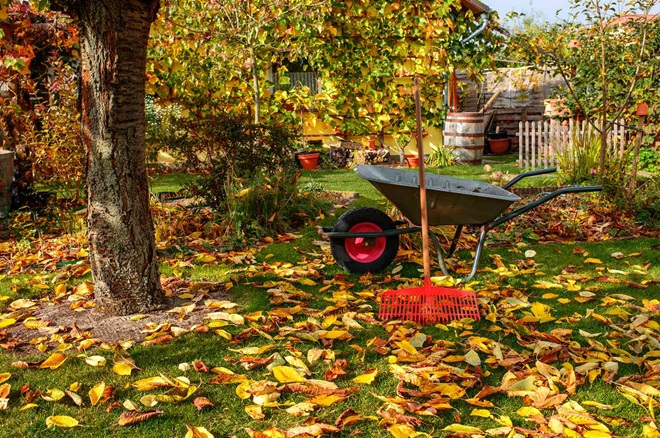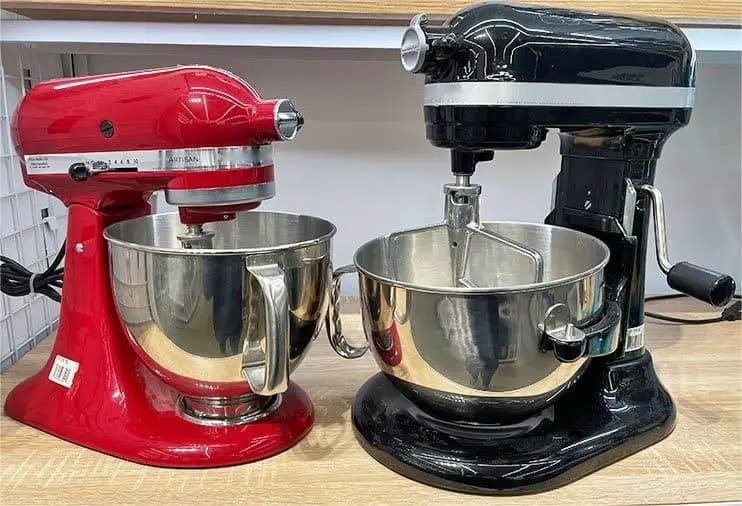
Nothing adds warmth, culture, and timeless elegance to a room quite like an authentic Iranian rug. Known for their intricate designs, vibrant natural dyes, and centuries-old craftsmanship, these rugs are more than floor coverings—they’re conversation starters, heirlooms, and, in many homes, the foundation of interior style.
Incorporating one into your space doesn’t require a total design overhaul. With the right placement and styling, an Iranian rug can elevate everything around it.
Bijan Morshedizadeh, Managing Director of Bijan Exclusive Rugs, explains:
“An authentic Iranian rug brings soul to a room. It doesn’t just tie a space together—it tells a story, adds heritage, and becomes part of the home’s identity.”
Here’s how to do it right.
1. Understand the Rug Before You Style
Before styling with an Iranian rug, it’s essential to understand what you have.
Each region in Iran has its own weaving traditions and motifs:
- Tabriz: Highly detailed floral or medallion designs, often in reds and blues.
- Kashan: Central medallions, fine wool, and classical symmetry.
- Qom: Silk-based, luxurious, often in gold, cream, and pastel palettes.
- Heriz: Geometric and bold, perfect for modern or rustic interiors.
Knowing your rug’s background helps you style it in a way that complements—rather than clashes with—its history.
2. Start with the Rug, Not the Furniture
If you’re lucky enough to be starting a room from scratch, let the rug dictate the colour scheme and layout.
- Pull accent colours from the rug into throw pillows, art, or drapes.
- Choose neutral or solid furniture to let the rug shine.
- Align seating around the rug’s central medallion if present.
If you already have furniture, no problem—just focus on choosing a rug that complements or contrasts well.
“Too often, people treat the rug as an afterthought,” says Bijan. “But in traditional Iranian homes, the rug comes first. Everything else follows.”
3. Size Matters—Go Bigger Than You Think
A common mistake is buying a rug that’s too small.
When in doubt, go larger:
- Living room: At least the front legs of sofas and chairs should sit on the rug.
- Dining room: Rug should extend 60–70cm beyond the table to allow chair movement.
- Bedroom: Extend the rug at least 60cm beyond the sides and foot of the bed.
Proper sizing ensures the rug feels intentional and grounded—not like it’s floating awkwardly in the space.
4. Mix Tradition with Modern Design
Authentic Iranian rugs aren’t limited to traditional interiors. In fact, they make a bold statement in minimalist, contemporary spaces.
Pair a classic Persian rug with:
- Sleek leather furniture
- Scandinavian-style wood tones
- Abstract art or neutral walls
This contrast creates visual tension and richness.
5. Layer Rugs for Texture and Depth
One creative trend growing in popularity is rug layering—placing a smaller Iranian rug over a larger neutral base (like jute or sisal).
This technique works especially well when:
- You want to showcase a smaller rug in a large room
- You’re working with open-plan spaces and need zoning
- You want to protect a more delicate rug
Layering also adds texture and coziness, especially in living rooms and bedrooms.
6. Match the Mood, Not Just the Colours
Beyond aesthetics, Iranian rugs evoke emotion. Some feel regal and formal, while others are rustic and warm.
Use that emotional tone to guide where and how you style the rug:
- Formal rugs (silk or high-knot wool): Ideal for entryways, studies, or sitting rooms
- Tribal or nomadic rugs: Great for casual living areas or bedrooms
- Muted, aged rugs: Fit beautifully in vintage, boho, or farmhouse spaces
“A good rug doesn’t just match your decor,” says Bijan. “It matches your lifestyle. It should feel like it belongs to you—even before you bought it.”
7. Don’t Be Afraid of Pattern Clashes
Worried that the rug’s bold pattern might clash with your cushions, curtains, or wallpaper?
Here’s the secret: If your rug is truly handmade, its colours are likely plant- or mineral-based and will blend more naturally with other materials.
Tips:
- Keep pattern scale varied—don’t pair it with similarly sized prints.
- Use solid colours to break up busy areas.
- Let the rug be the star; keep surrounding textures more subtle.
When in doubt, remember: Contrast adds character.
8. Maintain Your Rug the Right Way
To preserve both the beauty and value of your Iranian rug:
- Vacuum gently without using a beater bar
- Rotate it every few months to avoid uneven wear
- Clean spills immediately with water (no harsh chemicals)
- Professionally clean it every few years
And never store a rug in a damp or unventilated area—natural fibres need to breathe.
Bijan adds,
“A well-maintained Iranian rug can last generations. I’ve seen pieces passed down through three families, still vibrant and strong.”
9. Embrace Imperfection
Handwoven rugs aren’t machine-perfect—and that’s the point. Tiny variations in pattern, minor asymmetry, or subtle fading are part of the rug’s character.
These details aren’t flaws—they’re signatures of human craftsmanship.
“Every knot in an Iranian rug has a story. That’s the difference between art and mass production,” says Bijan.
By embracing these imperfections, you celebrate the culture and the artisan behind the piece.
10. Let the Rug Be the Room’s Soul
Whether you live in a small apartment or a sprawling home, your Iranian rug can become its emotional centre.
Position it where it’s visible, where it feels natural, and where it can be appreciated up close. Rugs like these don’t belong under the radar—they belong under your feet, under your life, and under your memories.
Final Thoughts
Styling your home with an authentic Iranian rug isn’t about following trends—it’s about anchoring your space with history, culture, and character. Whether you lean traditional or modern, bold or minimal, a well-placed Persian rug elevates everything around it.
As Bijan Morshedizadeh of Bijan Exclusive Rugs puts it,
“A home without a rug is a house. But a home with a good rug? That’s a story in progress.”






